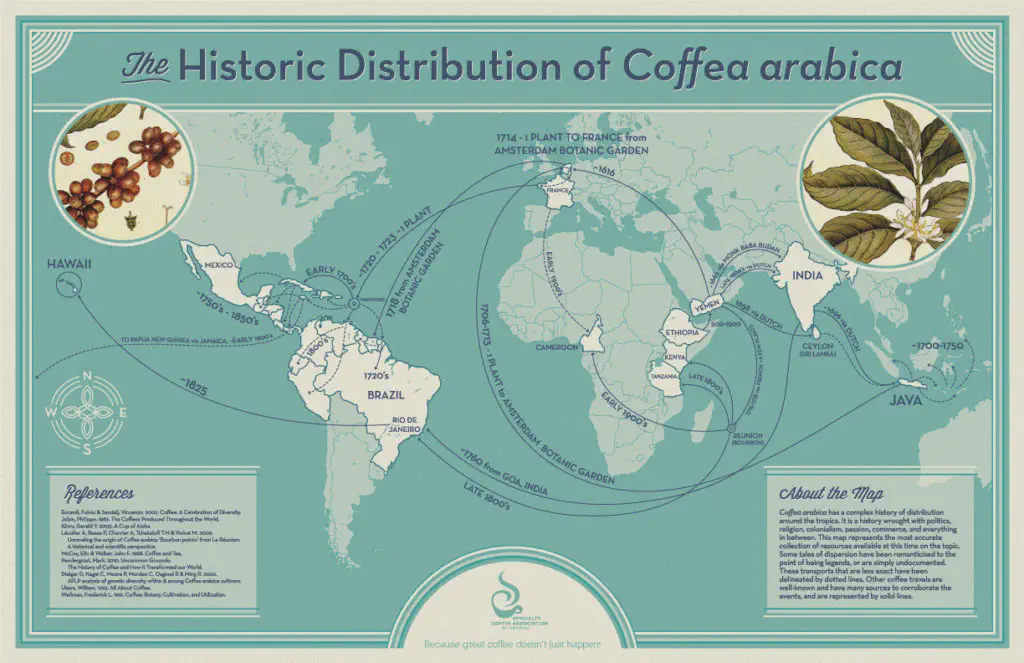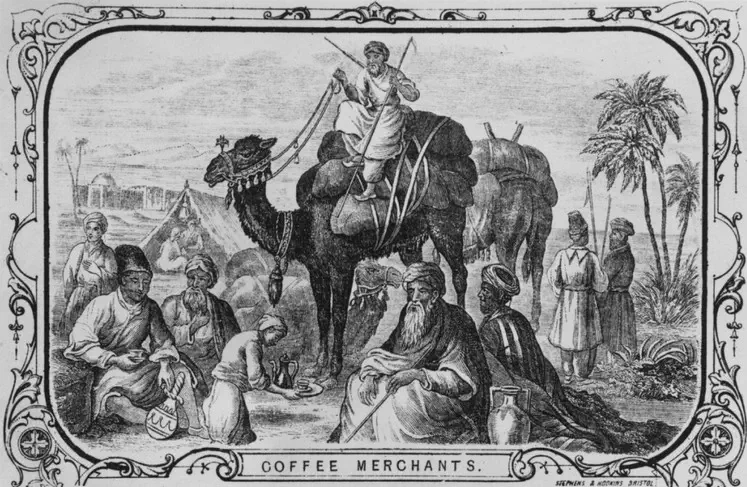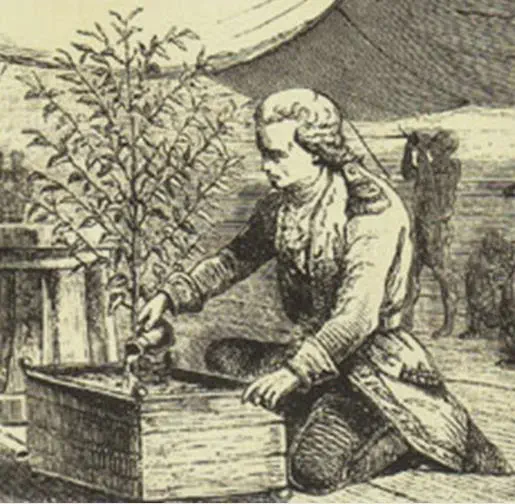History: the spread of coffee around the world

Coffee, after being an exclusive treasure of the Arab world, conquered Europe in the late 16th century, thanks to the Venetians and the audacity of a Dutch merchant who managed to steal precious plants. This act marked the beginning of an intense rivalry between the great colonial powers.
Delve into the captivating history of this beverage that became iconic and discover how coffee shaped global trade in the 17th century.
Coffee’s first steps in Europe
At the end of the 16th century, accounts from travelers and botanists about this exotic plant flooded into Europe from the Middle East. The Venetian merchants, already commercially linked to the region, managed in the early 1600s to import the first bags of green coffee from Mecca, despite the strict surveillance of Arab producers.
This map illustrates the spread of Arabica coffee and highlights the fierce competition between colonial powers (France, Holland, England, Portugal…). It also reveals that global production at the time came from only a few coffee trees.
A century of Arab monopoly
From its beginnings, the coffee trade was exclusively controlled by the Arabs.
For nearly a century, they ensured that no fertile seed left their lands, selling only roasted or scalded coffee and keeping visitors away from the plantations.
The Dutch enterprise: the heist of the century
In 1616, a Dutch merchant succeeded in stealing coffee plants from Mocha and bringing them back intact to Amsterdam, where they were carefully preserved at the Botanical Garden.
The Dutch East India Company then established plantations in Java, followed by Sumatra, Timor, Bali, and the Celebes from the 1690s onwards.
The universal nursery of coffee
In 1706, the Java growers shipped their first harvest to Holland. Some plants from this harvest would be exported to the New World.
The Amsterdam Botanical Garden would then earn the nickname “universal nursery of coffee”, as numerous plantations across the world would originate from there.
The king’s tree
In 1714, the burgomaster of Amsterdam offered Louis XIV a coffee tree.
The French had already attempted to establish coffee on Réunion Island (then Île Bourbon) with beans from Mocha, but without much success.
The Dutch coffee tree was entrusted to the Jardin des Plantes, where a special greenhouse was built for it. It flowered, bore fruit, and Louis XIV kept its beans for his colonial plantations.
In 1715, the Sultan of Yemen offered 60 coffee plants to France, which transplanted them to Île Bourbon. The Bourbon coffee would later become a recognized grand cru.
Coffee reaches the New World
One question remains: were the Dutch or the French the first to introduce coffee to the New World?
In 1721, Louis XV entrusted two coffee plants to Captain Gabriel de Clieu to plant them in Martinique.
The journey was fraught with obstacles: lack of water, storms… De Clieu even went so far as to share his water ration with the plant.
In 1726, Martinique harvested its first coffee.
Fifty years later, the island would have 19 million coffee plants.
From Martinique and Dutch Guiana, coffee cultivation spread throughout the Caribbean, Central America, and Latin America.



